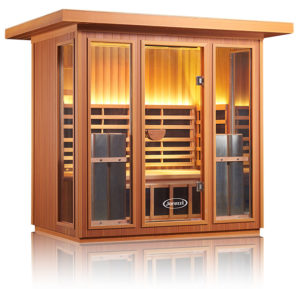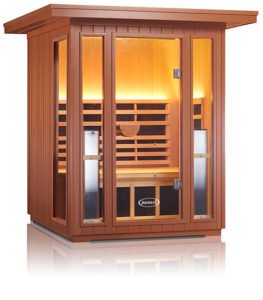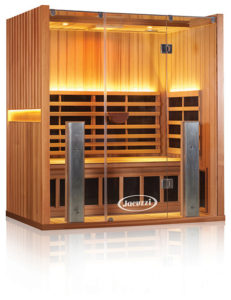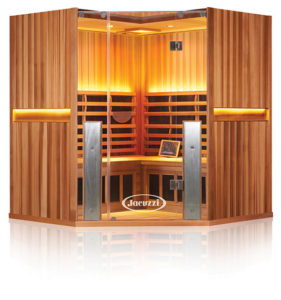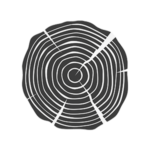The History of Infrared Saunas [Best 2021 Guide]
The first time I heard the phrase infrared sauna I immediately thought of science fiction. Was an infrared sauna a luxury at a hotel in outer space? I don’t think I’m alone in this thought, but while infrared saunas may seem like a very modern concept to people like myself who in the past 20 years or so have just now started to use them, they actually date back quite a ways. This guide will go into detail about the history of infrared (and traditional) saunas.
As I’ve talked about many times in the past, infrared saunas have helped me conquer personal health problems that range from high blood pressure to insomnia, and they’ve helped many people I’ve talked to as well. To understand how infrared saunas have become such a valuable part of people’s everyday lives, I think it’s important to be familiar with where the concept of a sauna and the technology originally comes from.
 Sweat Lodge
Sweat Lodge
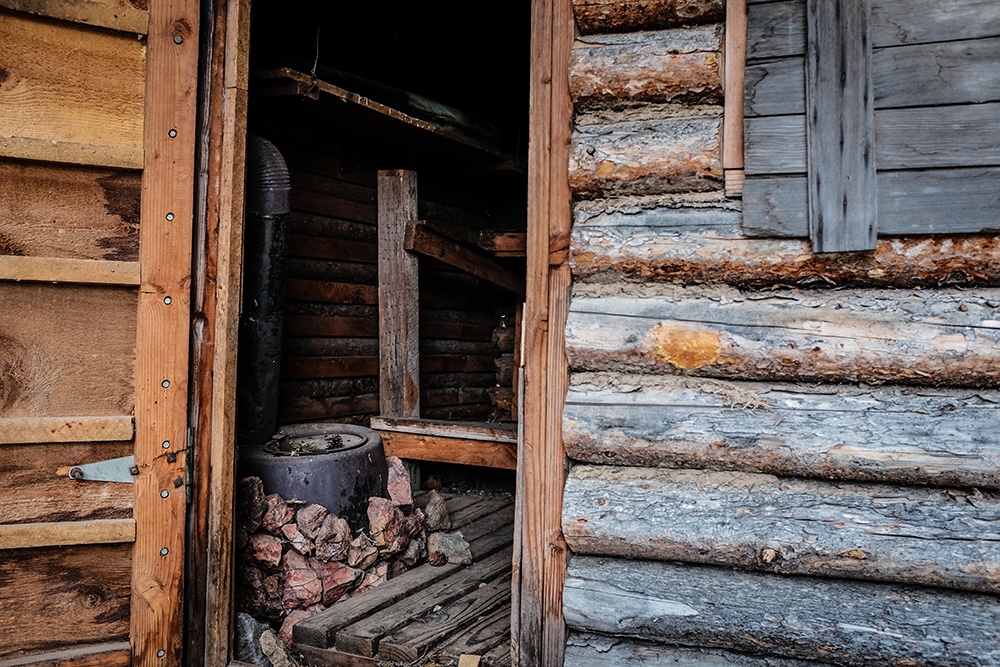 Old Finnish Sauna
Old Finnish Sauna
Listen to this page on SoundCloud below
The Origin of the Sauna Concept The Origin of the Sauna Concept
While, as you can imagine, infrared saunas weren’t possible until the advent of electricity, the basic premise of a sauna–using heat for its healing properties and ability to cause a cleansing sweat–has been around for an incredibly long time.
Thousands of years ago, in Mexico and Guatemala, indigenous peoples used something called a temazcal as a kind of dry sauna. Temazcales were usually permanent structures built of volcanic rock and cement, shaped like a dome.
To produce heat, volcanic stones were warmed with fire and placed in a pit in the center of the room or near one of the structure’s walls, warming the interior with a dry heat. After a battle or physically-intense games, participants would enter a temazcal as part of a curative ceremony to cleanse and heal the body following the physical rigors.
Athletes still use saunas this way today, and even I can relate. After I play pickup basketball or touch football, I love spending 30 or 40 minutes giving my weary muscles a good sweat in my infrared sauna. In other parts of the Western Hemisphere, Native Americans used sweat lodges–a counterpart to today’s steam saunas–as part of their spiritual ceremonies.
Native Americans weren’t the only ones to find spiritual aspects in saunas; across the Atlantic in Estonia, steam saunas were also being used as part of spiritual ceremonies. But it was not far from Estonia–just across the gulf of Finland–that the steam saunas that are popular across the world today developed.
In Finland, the first saunas featured fireplaces and stones that were heated to extreme temperatures before having water thrown over them to generate steam. When the Finnish people began to later migrate to other parts of the globe, they brought their sauna traditions with them. If you’ve ever been a member of a health club, or spent time at a fancy hotel, you’ve surely seen a traditional steam sauna that grew out of the long Finnish sauna tradition. Even the method of heating stones, and pouring water over them to create steam, is the same–though now those stones are heated using electricity rather than a fire.
Types of Early Saunas Types of Early Saunas

Sweat lodges were historically used as a spiritual experience
Ritual detoxification would take place, sweating out negative thoughts and energy.
Sweat lodges used steam to heat its interior.
Temazcal: A permanent structure found in the highlands of Central and Southern Mexico and Guatemala, usually made of clay and used by athletes or warriors to heal and cleanse their bodies after intense exertion.
Sweat Lodge: A transient structure built by the Native Americans. Sweat lodges are believed to have been used for spiritual reasons rather than for healing. Sweat lodges were usually made of saplings and covered with blankets or animal skins. The sweat lodge used steam to heat its interior.
Estonian Saunas: Similar to Finnish saunas, but like the Native Americans, Estonians also used the saunas for spiritual reasons and in rituals. Estonian saunas used steam and were very close cousins to the Finnish sauna.
Finnish Saunas: This type of sauna is now found in many gyms and hotels throughout the world. The oldest saunas in Finland used pits dug into the slope of the ground, with a fireplace and stones heated to high temperatures. Water was thrown onto the stones to create steam. Besides raising core body temperature, the Finnish sauna was also a very early hot shower or bathing room.

Finnish saunas are the first example of people taking a warm bath by creating steam.
Finnish saunas raise core body temperature through heating rocks or burning wood.
Finnish saunas gained popularity throughout the world for their dry heat and ease of use.
The Birth of Infrared Saunas The Birth of Infrared Saunas
Now we know where the history of traditional steam saunas came from. However, if, like me, you’ve experienced benefits from infrared saunas, or you are interested in starting infrared sauna therapy, you probably want to know when infrared technology entered the sauna game.
It was actually all the way back in the 1800s when a man named William Herschel first discovered infrared rays. Herschel held a prism up to sunlight and noted the refraction of light in the prism. During this experiment, Herschel noted a section directly below red on the color spectrum, which he initially dubbed Calorific Rays.
In all likelihood, this was the earliest research into what we would later come to know as infrared light (‘infra’ red light means light that is below red on the spectrum–it has such long wavelengths we can’t usually see it). Herschel published his early studies of this concept with the Royal Society of London in 1800.
Over the 1800s, research into infrared light continued to gradually evolve, with scientists learning more and more about what it was and how it functioned. The connection to saunas, however, wasn’t made until about 100 years ago, when Dr. JH Kellogg of Battle Creek Michigan invented something that he called an electric light bath.
The cabinet, which Kellogg first displayed a version of at the 1893 World’s Fair in Chicago, was sold all over the globe, with some reports saying that German doctors used the technology to cure the king of England of gout, a development that led to the king having the light bath installed in Buckingham Palace.
Drawings of Dr. Kellogg’s product from this time period look similar to near infrared saunas that are available today. The bulbs inside Kellogg’s cabinet generate incandescent light that is rich with near infrared rays that penetrate the skin and raise the body temperature, creating a similar effect as a steam sauna without humidity.
The technology for far infrared saunas, which are the variety that I personally swear by, wouldn’t come until many years later. In the sixties NASA had been doing research into far infrared for the space program, and had discovered how to produce far infrared rays. It was a Japanese doctor, though, who received the first patent in 1965 for a ceramic far infrared heater, which he began to use for healing in the same way one would use a near infrared or traditional steam sauna.
Until this point, no one had been using far infrared heat in a sauna setting. For the next 14 years, doctors in Japan were the only ones using this technology, until 1979, when the product was finally released for public use. The technology eventually came to the United States in the 1980s, and it has continued to be refined and made more effective since then.
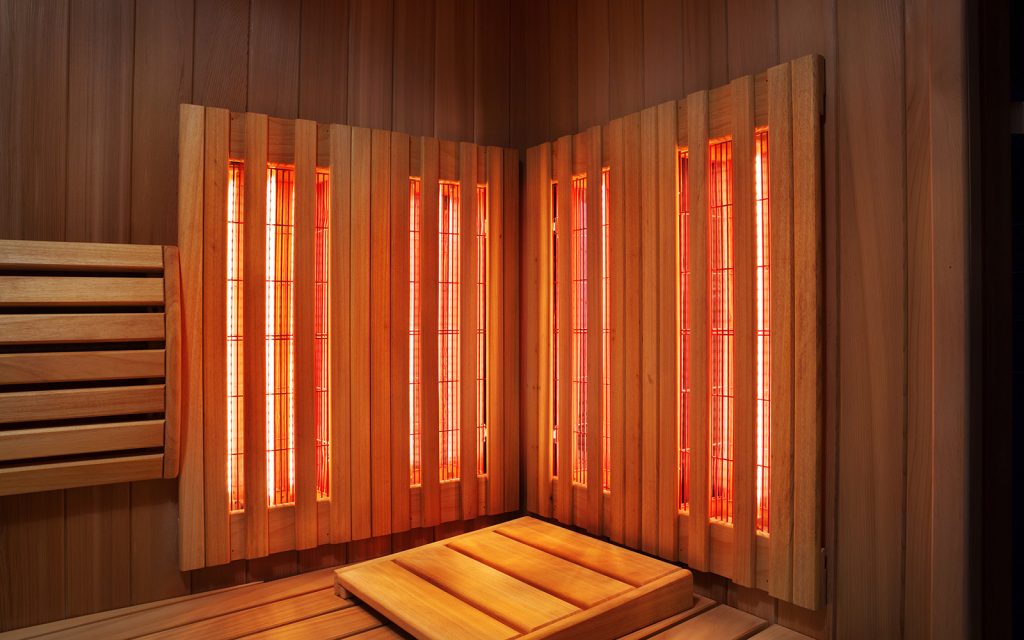 Infrared Sauna
Infrared Sauna
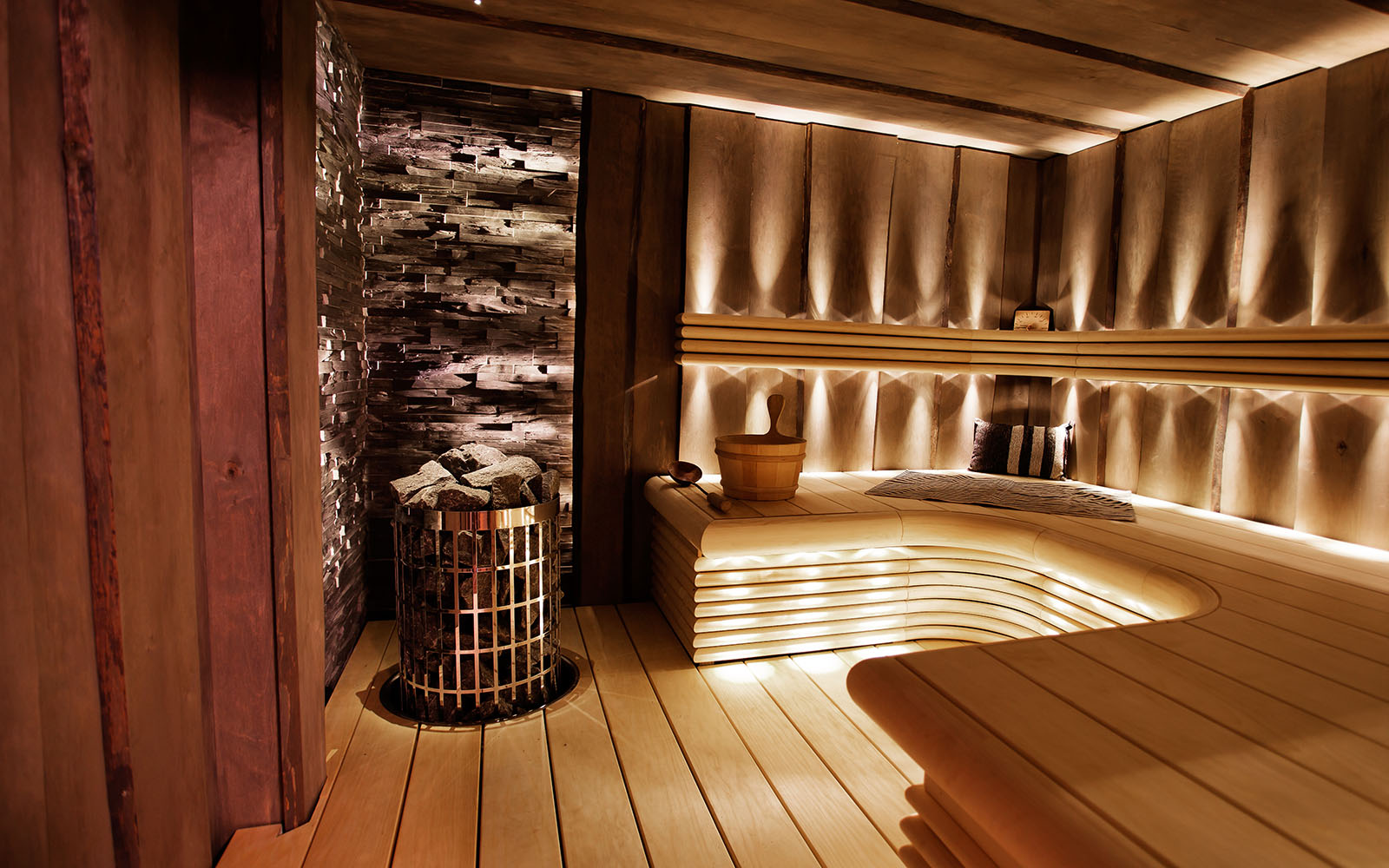 Finnish Style
Finnish Style
A Timeline of Sauna History A Timeline of Sauna History
The birth of saunas
One of the first descriptions of a Finnish sauna is written.
Saunas existing in North America
The Spanish arrive in Mexico and find temazcales, a kind of dry sauna, to be an integral part of the medicinal culture.Finnish saunas catch on
The start of the Industrial Revolution and the emigration of Finnish settlers to other parts of the world spreads the concept of the Finnish Steam sauna.Infrared heat is discovered
William Herschel publishes first infrared heat studies in the Royal Society of London.The first infrared sauna is created
Dr. J.H. Kellog invents the electric light bath, which was a forerunner of near infrared saunas.First infrared sauna patent
A doctor in Japan has the first patent on record for far infrared sauna technology.The emergence of infrared saunas
Far infrared sauna technology becomes available to the general public.Carbon fiber infrared saunas
Carbon fiber is used in frared sauna heating elements for greater comfort and longer infrared wavelenghtsFull Spectrum Infrared
Full spectrum infrared saunas (near, mid and far) is created.Red Light Therapy
Red Light Therapy gets added to the Full Spectrum Sauna.
The State of Far Infrared Saunas Today The State of Far Infrared Saunas Today
For years infrared saunas worked by heating a ceramic object that would then give off infrared light rays. But about eight years ago a new innovation arrived: carbon fiber panels started being used instead of ceramic. Using carbon fiber not only made the heaters cheaper to manufacture, it allowed heaters to have a lower surface temperature as well as an even longer infrared wavelength. This was an improvement for two reasons: a lower surface temperature on the heaters meant infrared saunas felt more comfortable, and the longer infrared wavelength was able to penetrate the body more effectively.
But this innovation wasn’t entirely a step up. The fact is that carbon fiber just doesn’t absorb as much infrared energy as ceramic does, and so it’s not able to raise the temperature of the body to the levels that ceramic can (and you’ve got to raise that body temperature to see the beneficial effects of an infrared sauna).
So a few years ago the sauna industry saw another advancement when one company, Sauna Works, combined carbon and ceramic to create an infrared sauna heater for their Clearlight saunas that would have the best of both worlds: the right combination of wavelengths, a comfortable heater surface temperature, and the ability to raise the body’s core temperature enough to make a sauna session truly effective. These heaters are patented, so not every new sauna has them, but in my opinion they are the more important development so far in the history of the far-infrared sauna.
I am glad infrared saunas have developed the way they have, because I couldn’t imagine my life without the benefits they provide, like deep sleep, lower blood pressure, less joint pain, weight loss, and a boosted immune system. Here at SaunaCloud I sell saunas that are some of the best history has offered. My far infrared saunas use advanced ceramic-carbon combination heaters for an amazing sauna experience. For more information on how SaunaCloud’s infrared saunas work and how they can improve your health, download my book The Definitive Guide to Infrared Saunas. Just give us a call at SaunaCloud 1.800.370.0820.
If you enjoyed this page, please share it below ↓ Thanks for reading,

Christopher Kiggins | Sauna Enthusiast
I have been writing, learning, educating and generally pointing people in the right direction infrared sauna wise since 2012. Let me know how I can help: chris@saunacloud.com - (530) 417-1220

